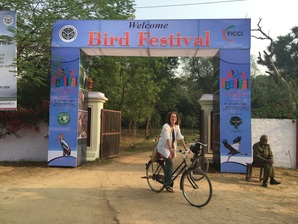 “Was it a lifer?” the thirteen year old asked me, his dark brown eyes wide open with excitement as he followed the bird’s graceful flight. “Hmm…a lifer?” I took some time to ponder what he might have meant before I responded. Too many years working in the criminal injustice system, my first guess had the bird caged up behind bars for decades, though I knew that couldn’t be the case in this nature-rich outdoor sanctuary. He went on to enthusiastically share that he himself had a few lifers on day one of India’s first ever Bird Festival which took place December 4-6, 2015 in Chambal, Uttar Pradesh. I’ve always thought of myself as a bird enthusiast. I’ve taken countless photos of puffed up cardinals and blue jays in the snowy Ramble of NYC Central Park; I love seeing the woodcocks in Jamaica Bay Wildlife preserve; and have even made it to Papua New Guinea where I excitedly sat in my dugout canoe, binoculars in hand, gazing in wonder at the magnificent feathered creatures. Participating in India’s first Bird Festival however, was an incredibly humbling experience for me, sharing binoculars and scopes with some of the top ornithologists from around the globe and getting a sense of just how deep and layered the world of bird watching can be. Organized by Nikhil Devasar, avid bird watcher and Consultant for the Uttar Pradesh Eco- Tourism Department, the 1st ever Bird Festival brought together over 100 birding enthusiasts, from India, Kenya, Sweden, England, Nepal, USA and other countries around the globe. Young and old, newbies and veterans, attendees swapped sighting stories and compared gear, always appearing calm and composed, yet with palpable passion for birds and all kinds of wildlife. Chief Minister of Uttar Pradesh, Shri Akhilesh Yadav, inaugurated the event and proudly welcomed the group of distinguished bird watchers to the National Chambal Wildlife Sanctuary, just one of a dozen sanctuaries in the “bird circuit” of Uttar Pradesh being promoted as part of the State’s impressive eco-tourism mission. With lodges, secure transport and a cadre of professional conservators and wildlife guides, there is increasingly convenient access to protected areas for viewing some of India’s vibrant bird life. The Ganges, Yamuna, Rapti and Gandak rivers coupled by a range of lakes and other wetlands make Uttar Pradesh the ideal stomping grounds for both resident and migratory birds coming from as far as Europe, Tibet, Siberia and China. Chambal in particular, is home to the Gharial, Gangetic Dolphin and Indian Skimmer, not to mention it being the residential home of the stunning Sarus Crane. Each morning the festival offered three options for bird viewing, including a boat safari in the Chambal River. While I thought the morning fog made for a dreamlike setting, I was quickly reminded of our bird watching purpose and joined in the excitement as the skies cleared and many of us relished in the opportunity to see “lifers.” I’ve since learned this refers to first-ever sightings of a particular bird species! All geared up with giant lenses, high-tech tripods, cutting-edge scopes and fancy binoculars strapped onto their bodies, the festival family was a joy to be around, everyone generously sharing both knowledge and equipment. As our white tourist cars pulled up to a site, village children and adults alike joined us in curiosity. I loved seeing the most committed of bird-watchers, eager to spot specific species, offering their binoculars and setting up their scopes for the villagers to catch a glimpse of something special. What a joy to gaze out at the spotted owlet with a line of 10 excited boys, hatchets in their hands, ready for the days’ work, savoring in the opportunity to see their land through a whole different lens. Kudos to Nikhil for inviting such an impressive caliber of birdwatchers, so open to sharing and exposing others to their passion. And such experts!! I would look out and barely see a speck in the air and they could name and provide all of the details of the far-off bird in the distance. Forget about “lifers,” there was a whole language of birding I could barely understand but was thrilled to learn and be around. Each afternoon, the schedule was jam-packed with lectures from expert birders including Nigel Redman, Per Alstrom, Jim Lawrence and Tim Appleton (to name a few) sharing their deep knowledge of particular species, from chats to owlets. Booths were set up to showcase and raise awareness of critical conservation efforts and to promote eco-tourism around the state. Newly designed literature and teaching tools for children were distributed – and it was a pure delight to see huge groups of uniformed students attending the festival’s workshops. 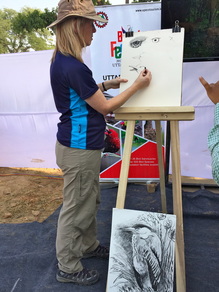 We also had the great opportunity to watch some uber-talented bird artists in action. Jackie Garner offered fabulous workshops on drawings birds while the paintings of Pratim Das were beautifully displayed and sold across the aisle from some of the most stunning bird photography I’ve seen. A great painting doesn’t count as a “lifer” though so during some free afternoon hours, I simply enjoyed the unofficial bird watching opportunities in the picturesque preserve and farm fields. I may have even snuck out to the vibrant streets and villages nearby (I’m admittedly still a bit hooked on the incredible people (and cow and goat) watching in India!) One of the highlights for me was watching expert bird ringer, Dr. Balachandran of the Bombay Natural History Society. With a brilliant smile, he would hold up a specific bird that had been caught in the light netting, share some information about it and offer beautiful close-up views as the bird was measured, weighed and ringed. Each time, someone new in the group was given the honor of releasing it back to the wild. An enchanting tent city was set up at the Chambal Safari Lodge where we bird lovers got to camp (or “glamp”) in style, with evening entertainment and mouth-watering Indian meals serving as a perfect setting for chatting about “lifers” and all else bird-related. At night we meandered the fields and scoped the trees for civets, small nocturnal mammals native to tropical forests of Asia and Africa. I chuckled as the topic of raccoons arose; my Indian friends eagerly awaiting an opportunity to one day see the furry creatures so common to our parks and back yards in the US. Together we gazed at the smiling moon and shining stars, sharing stories of the constellations and singing songs around a glowing bonfire. What an incredible sense of community these little (actually some of those vultures were quite large) winged beings create. We were a beautifully diverse group and I loved the intergenerationality. The festival was not only an incredible opportunity for bird watchers to see India and add to their list of “lifers,” it showcased Uttar Pradesh’s rich natural resources as a vehicle for bringing the international bird watching community together. Dozens of folks had been seeing each others’ photos and even corresponding with one another for years, the festival offering them the first opportunity to meet face to face. In exciting news, December 2 -4, 2016 was announced for the 2nd Annual Bird Festival, so mark your calendars if you’re eager to be birdy nerdy in India! I for one, have a lot of learning and purchasing to do beforehand. When asked where my binoculars were during the festival, my answer unfortunately was “in the future.” The very near future….along with my “lifer” list.
Thank you Uttar Pradesh. Thank you Nikhil. Thank you Birds. Thank you fabulous bird watching friends. Namaste
6 Comments
Barbara
12/8/2015 09:56:14 am
Well Chana your story is wonderful, I can't say as usual as I think you are evolving, for the better of course.you almost made me want to come to India to see the birds, I am sure birders would really want to come and I know that is the whole purpose so good job. Seems you are well you look great and making friends in all the right places. Love you and looking forward to your next adventure,
Reply
Barbara
12/8/2015 09:59:31 am
Forgot to say I did not like to see you jump off that cliff. That is something I would never do and I would worry for your well being if I had know ahead of time. stay safe Love ya
Reply
Pradeep Sangwan
12/10/2015 09:30:00 am
A truly beautiful account of the beautiful event !!!! Thank you for sharing it with all !!!! Wishing you many many lifers ahead .
Reply
sanjay tiwari
12/11/2015 04:57:44 am
Lovely account of India's first ever Birding Kumbh Mela.
Reply
Pratim Das
12/18/2015 02:42:24 am
Thanks a lot Maam.
Reply
10/28/2017 08:28:54 pm
Birds are amazing creatures, they vary from different sizes and colors. Once a year, birds move from different relocation in order to escape the cold weather in the northern part of the world. They move to warmer places in order to take shelter and reproduce. Every year, different photographers around the world gather in order to witness the birds migration. India an ideal place for taking good pictures of migrating birds. This has become a source of income of some Indian locals.
Reply
Leave a Reply. |
Chana WidawskiA social worker…..working socially, around the globe. Archives
August 2020
Categories
All
|
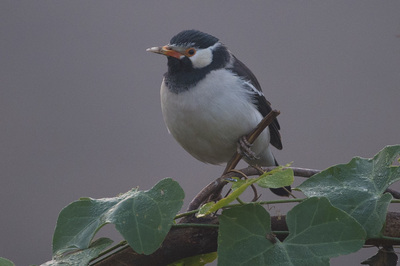
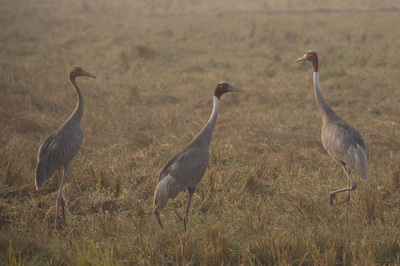
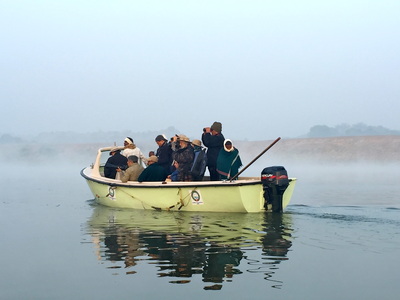
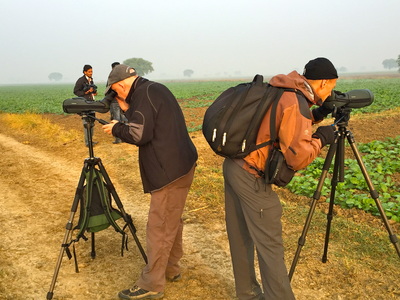
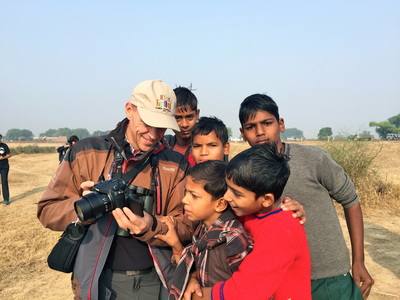
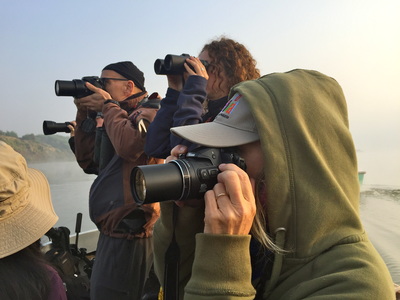
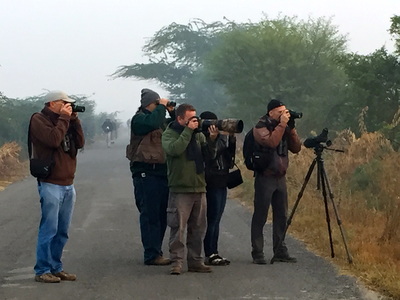
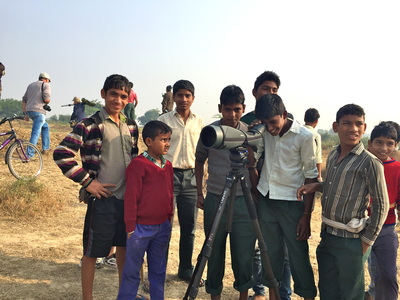
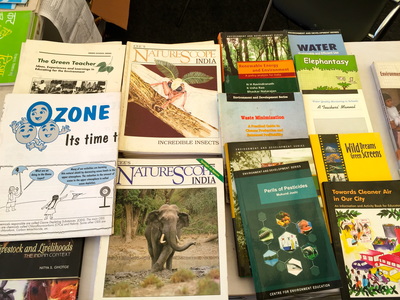
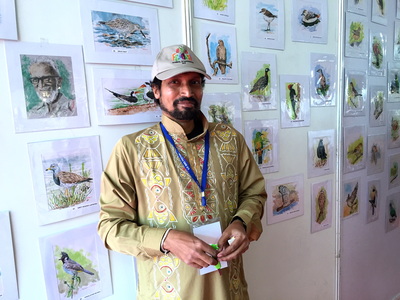
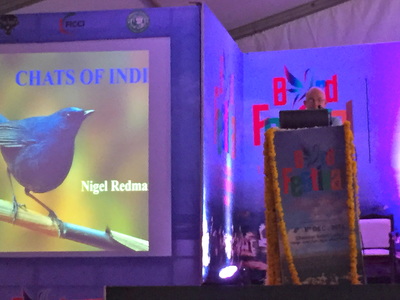
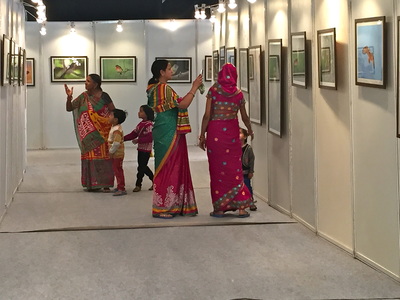
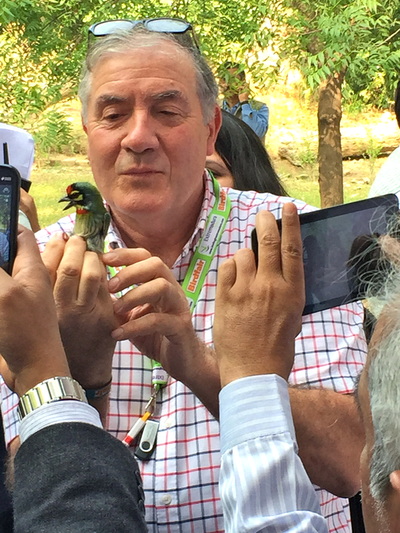
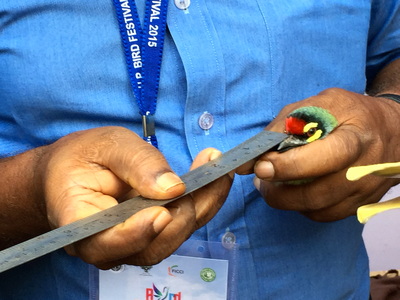
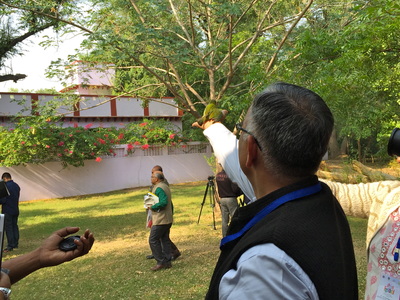
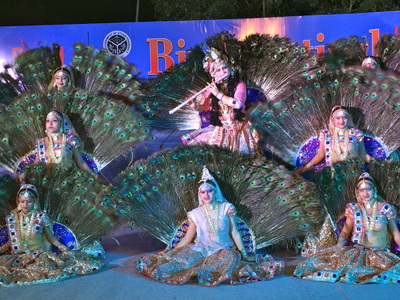
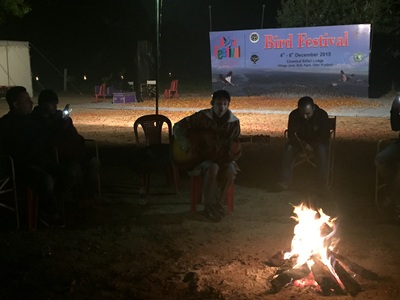
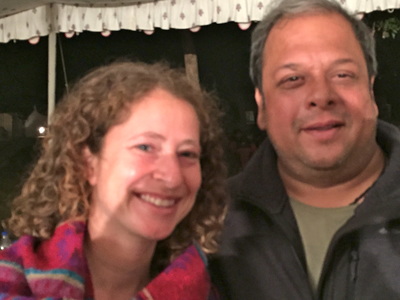
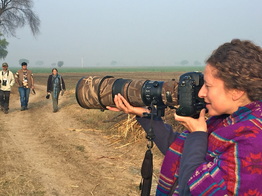
 RSS Feed
RSS Feed